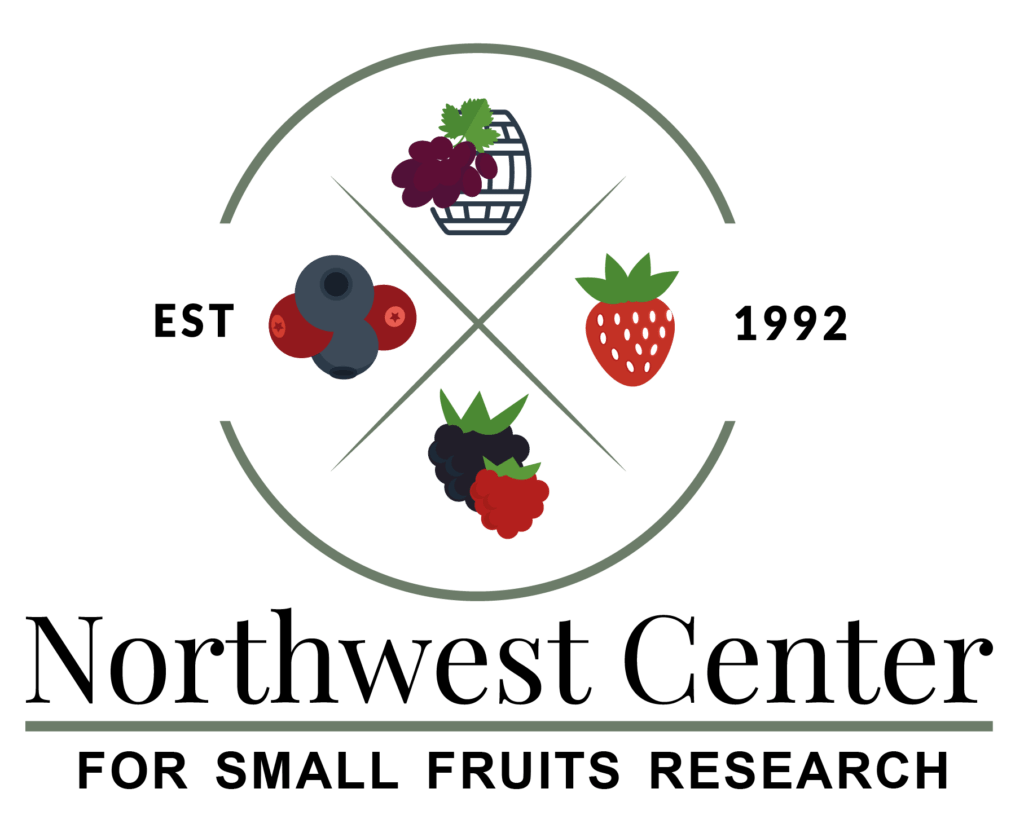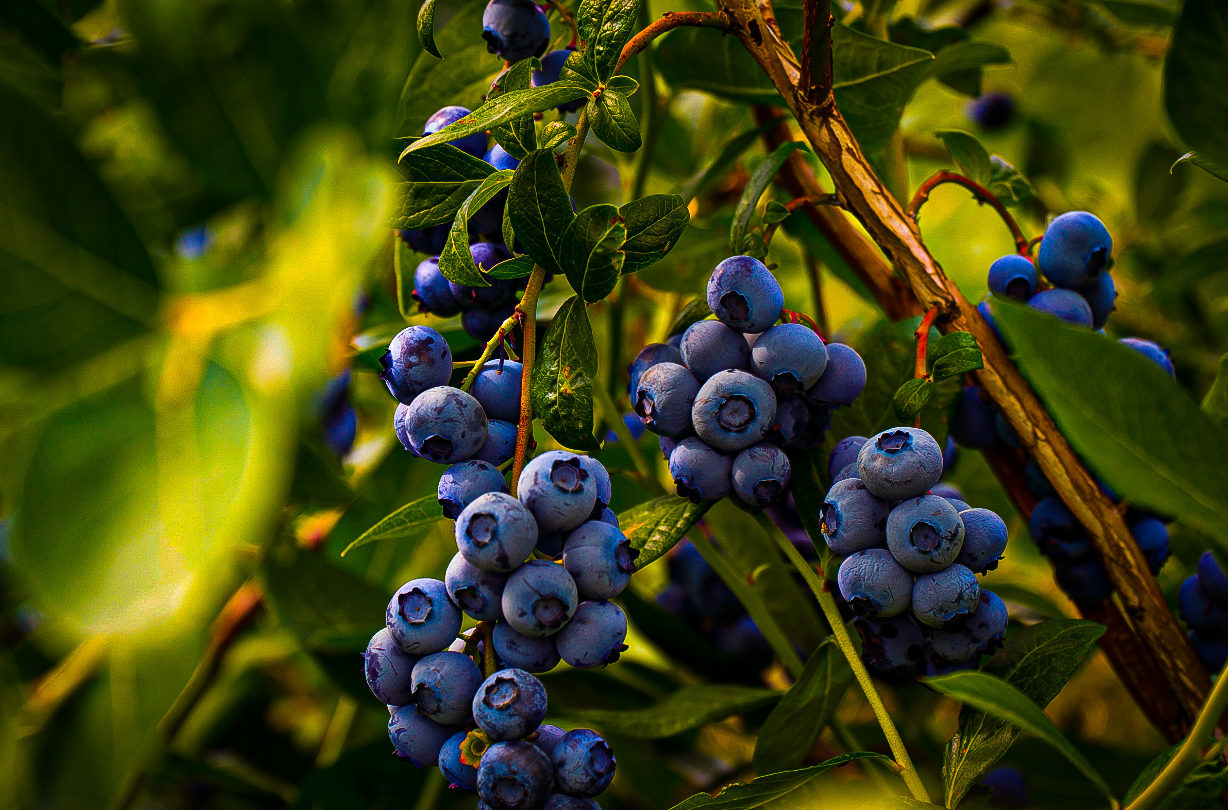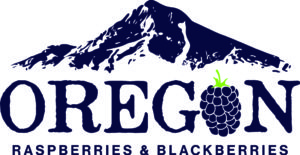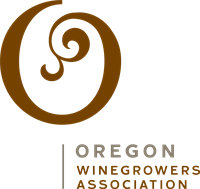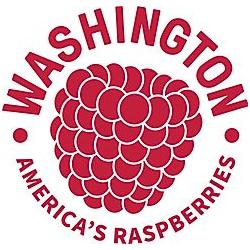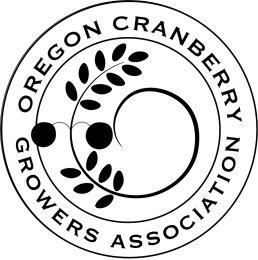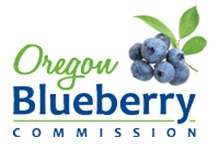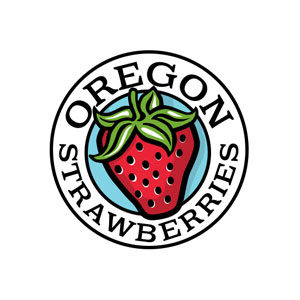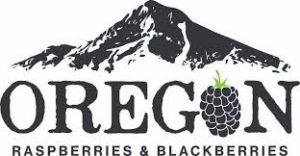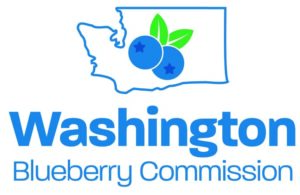Optimizing Nutrient Management for Organically Grown Blueberries in Eastern Washington
- Research Status: Completed 2018-2020


Lisa Wasko DeVetter
Joan Davenport, Gwen Hoheisel, & Amit Bhasin



Washington is an important producer of organic highbush blueberries (Vaccinium corymbosum L.) with over half of the production concentrated east of the Cascade Range. Soils used for blueberry production within this area are naturally high in pH and free calcium carbonate may also be high. These factors, combined with low soil organic matter levels and climate, impact nutrient management for this calcifuge crop. Information to guide optimal nutrient management practices for this unique blueberry production region are needed. This project addresses the need by focusing on nitrogen (N) fertilizer sources and rates. The objective of this study was to evaluate different commercially available organic N fertilizer sources and rates on select plant and soil characteristics using ‘Duke’ blueberry.
Four organic N fertilizer sources applied at three rates were evaluated in a split-plot randomized complete block design experiment with four replications from 2018 to 2020. Main plot fertilizer sources were: 1) blood meal; 2) fish emulsion; 3) WISErganic (made from digested food materials and byproducts); and 4) combination (40% blood meal and 60% WISErganic). The subplot factor was fertilizer rate split within source at 50, 100, and 150 lbs/acre N. Differences in yield and whip production were not observed across the fertilizer treatments during the first two years in which this study was conducted. However, trends in 2020 indicate a decrease in yield for treatments containing high rates of WISErganic. Although this decrease in yield is not statistically significant, it may bes attributed to the high EC levels of WISErganic. Fruit quality variables were impacted by yearly environmental conditions and only marginally impacted by the treatments.
Leaf N concentration differed by fertilizer source and rate. Overall, leaf N increased with higher rates of fertilizer N, but all nutrients were within the recommended sufficiency range except for potassium, magnesium, and copper. Soil pH during the experiment was slightly above the recommended range of 4.5-5.5 and measurements using ion-exchange resin membranes showed a higher concentration of nitrates in soils than anticipated. This work was awarded another three-year grant and will continue to collect long-term data to assess impacts of these fertilizer treatments on established blueberry plants. To date, results indicate established ‘Duke’ is less sensitive to the fertilizer sources and rates applied in this experiment and suggests growers can apply fertilizer N at lower rates (e.g., 50 lbs/acre N), but more separation of treatment effects may be observed in later years. Continued research will provide valuable information to guide organic fertilizer N recommendations for blueberry grown in non-traditional growing regions.
Bhasin, A., J. Davenport, S. Lukas, Q. Lu, G. Hoheisel, and L.W. DeVetter. 2021. Evaluating postharvest organic nitrogen fertilizer applications in early fruiting northern highbush blueberry. HortScience. In press.
